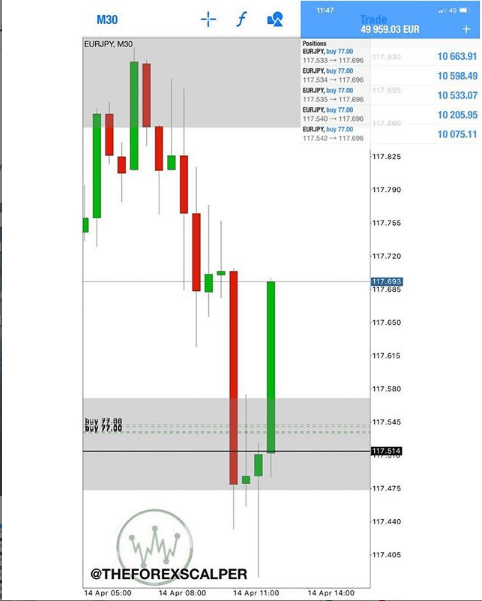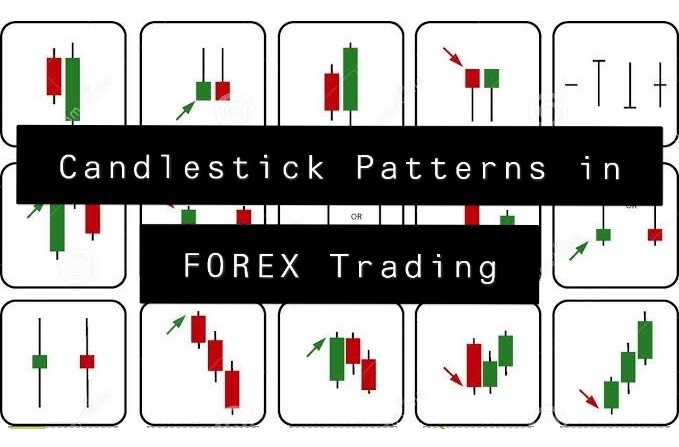Japanese candlesticks are a method of charting analysis used by Market traders to identify potential trading opportunities based on historical price data, including forex market candlestick patterns. Forex candles patterns are relatively visual in comparison with other types of technical analysis and provide information on open, strong, low, and near prices for the financial device, you want to trade. Japanese candlesticks are particularly useful in providing insight into the financial market’s short-term price movements-a valuable tool for day trading strategies.
Patterns of candlesticks fall into two categories: patterns of continuity and pattern of reversal. A continuation pattern shows the continuance of a trend, as their names suggest, whereas a reversal pattern demonstrates a turnaround of a previously defined trend. Candlestick patterns also fall into several different types, depending on the number of candles that make up a particular configuration, which can convey useful market information to the trader looking to perform the technical forex analysis. The simplest type of candlestick pattern consists of one candlestick only, while several candlesticks make up other patters.
One of the most important technical analysis aims is to identify market changes in price action direction. Since candlesticks provide visual insight into what Forex market psychology is, one of the most useful aspects of candlestick analysis is its ability to predict shifts in market sentiment, and trend reversals. We call certain Reversal Patterns candle formations. Important to note is that a reversal pattern with candlesticks does not necessarily suggest a complete trend reversal but merely a change or pause in direction.
Japanese traders who invented the system gave colorful names for their patterns. Both of these patterns integrate sound trading principles that emphasize the classic understanding of each particular pattern of candlestick charts. Able to recognize and understand multiple candlestick pattern interpretation is a powerful trading tool for any financial market like Forex. In addition, for forex traders, experience and understanding of candlestick patterns add extra depth to their experience of technical analysis and their ability to make successful use of it when trading the forex currencies.









